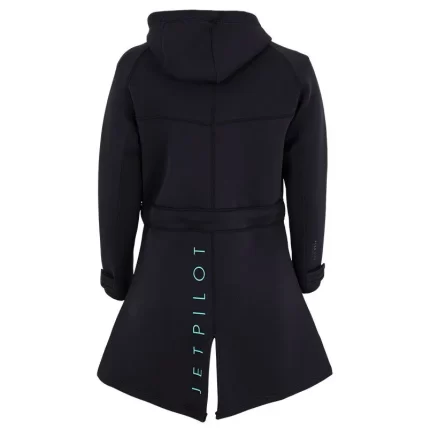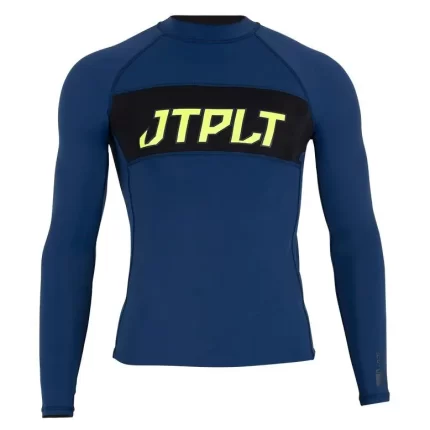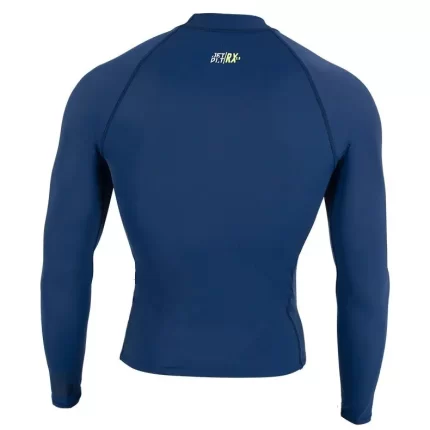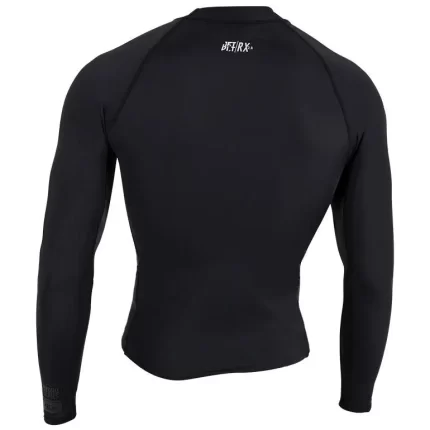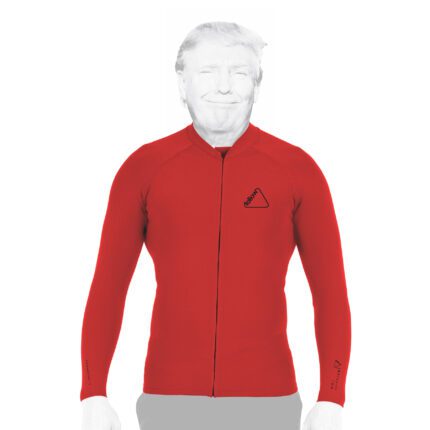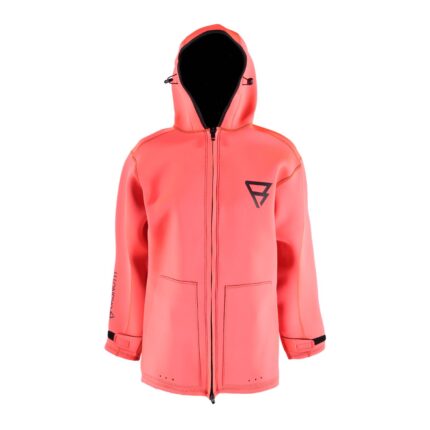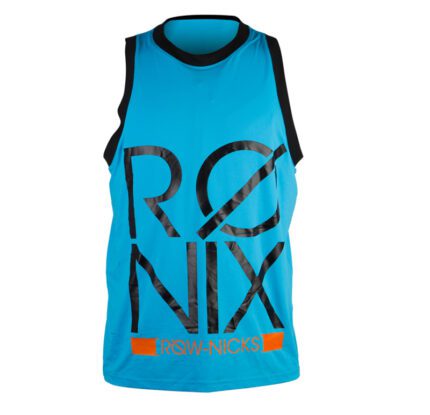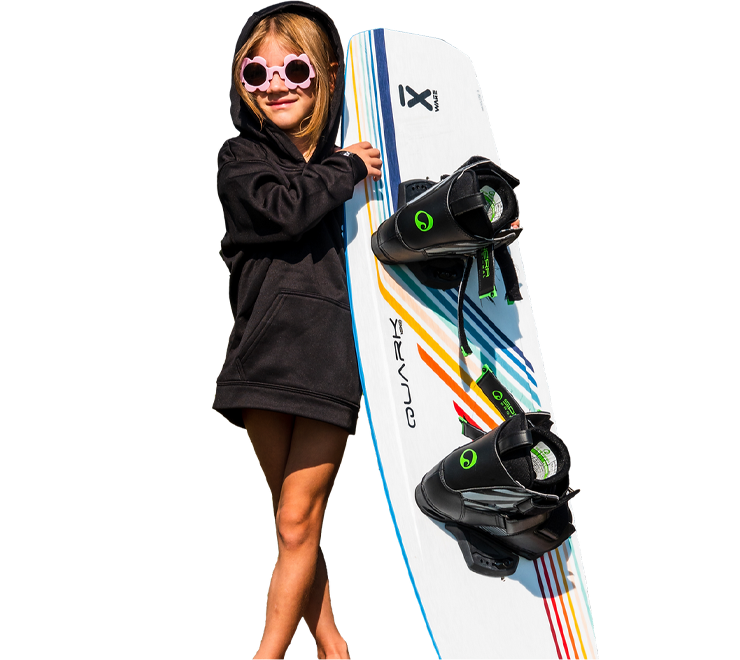Tops & Layering
Showing all 7 results
“Tops & Layering” refer to clothing and garments designed for layering to provide comfort, versatility, and protection in various weather conditions and outdoor activities. This concept is particularly important in outdoor sports and adventure, including wakeboarding. Here’s more information about tops and layering:
Purpose:
Temperature Regulation: Layering allows individuals to adjust their clothing to regulate body temperature. In colder weather, adding layers provides insulation and warmth, while in hot conditions, it allows for better ventilation and cooling.
Versatility: Tops and layering options are versatile and adaptable to changing weather conditions. They can be easily added or removed as needed, ensuring comfort throughout the day.
Types of Tops & Layering:
Base Layers: Base layers are the innermost clothing items and are designed to wick moisture away from the skin. They help regulate body temperature and keep the skin dry. Base layers are typically made from materials like moisture-wicking synthetics or merino wool.
Mid Layers: Mid layers provide insulation and warmth. They can include items like fleece jackets, down vests, or softshell jackets. Mid layers trap heat close to the body and are worn between the base layer and outer layer.
Outer Layers: Outer layers are designed to protect against external elements like wind, rain, or snow. They include items such as waterproof jackets, windbreakers, and hardshell jackets. Outer layers are crucial for staying dry and protected in adverse weather conditions.
Tops and T-Shirts: Tops and T-shirts serve as the uppermost layer or as standalone garments in warm weather. They come in various styles and materials, including moisture-wicking fabrics for active sports.
Materials:
Technical Fabrics: Tops and layering garments are often made from technical fabrics designed to provide specific benefits such as moisture management, breathability, and insulation. Common materials include polyester, nylon, merino wool, and proprietary fabrics with advanced features.
Fit and Sizing:
Proper Fit: Tops and layering pieces should be chosen in the right size and fit to ensure comfort and mobility. Base layers should fit snugly against the skin, while mid and outer layers may have a more relaxed fit to accommodate additional clothing underneath.
Activity-Specific Considerations:
Wakeboarding: For wakeboarding, choosing the appropriate layers depends on the weather conditions and water temperature. In colder seasons, riders may opt for layering with thermal base layers and mid layers under a waterproof or windproof outer layer.
Accessories:
Hats, Gloves, and Neck Gaiters: These accessories can complement tops and layering to provide additional protection against sun, wind, and cold. They are especially useful in changing weather conditions.
Layering is a fundamental principle in outdoor clothing, allowing individuals to stay comfortable and safe in a wide range of outdoor activities, including wakeboarding. Properly chosen and adjusted layers ensure that riders can enjoy their sport regardless of the weather or temperature.
 Boards
Boards Packages
Packages Boots & Bindings
Boots & Bindings Essentials
Essentials Waterwear
Waterwear Apparel
Apparel Wakesurfers
Wakesurfers
 Towers & More
Towers & More Boat Accesories
Boat Accesories Ballast Systems
Ballast Systems
